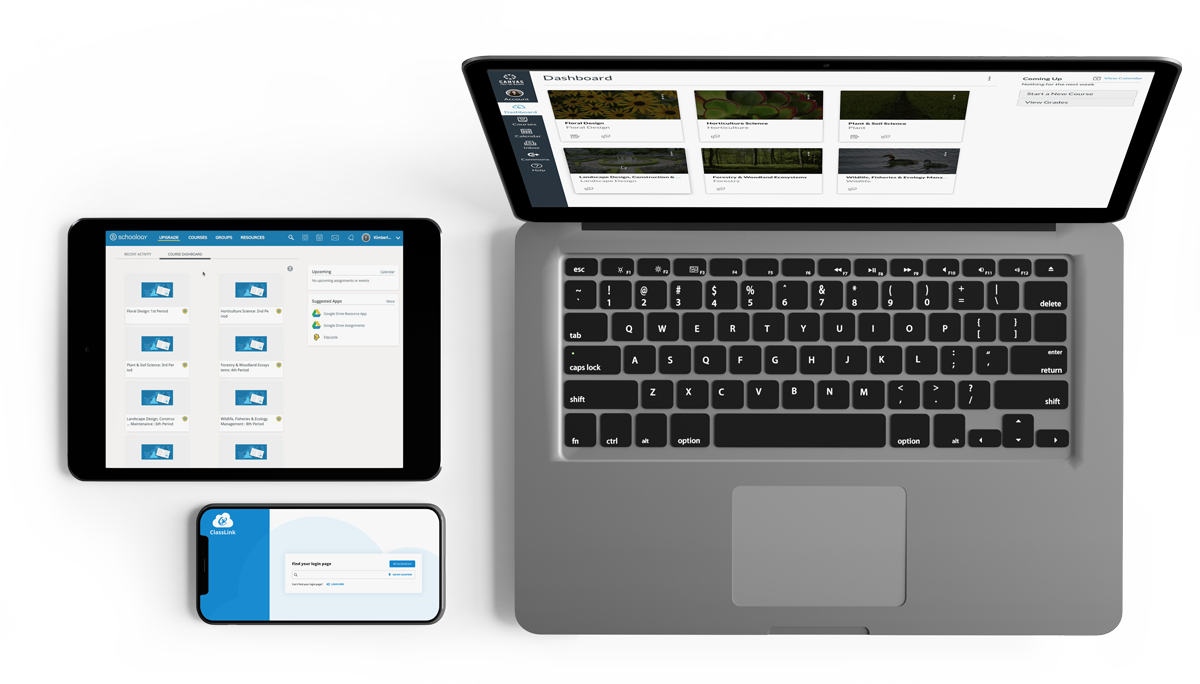CTE Curriculum
Prepare learners with CTE curriculum aligned to industry standards.
Sort by:
Sorry, there are no resources currently available with the chosen filters.
Failed to load posts. Please try again.
Learning Management System (LMS) & Single Sign-On (SSO) Integration
iCEV integrates with Google Classroom, Schoology, Canvas, Blackboard, Clever, ClassLink and more. Utilize single sign-on provider to simplify the login process, access to course content and grading.

Make Learners Your Priority
Ideas, tips, strategies and trends for CTE teachers and administrators.
Press Room
Keep up with the latest news from iCEV.
3 Simple Steps to Get Started Today
See how iCEV can help you get back to what matters most – student success.

Start Your Free Trial 🚀
Activate your free account to access our full suite of CTE educational materials.

Schedule a Demo 📅
Dive right in with an iCEV team member to explore our solutions.

Request a Quote 📝
Find what’s best for your district and discuss how we can fit your budget.





